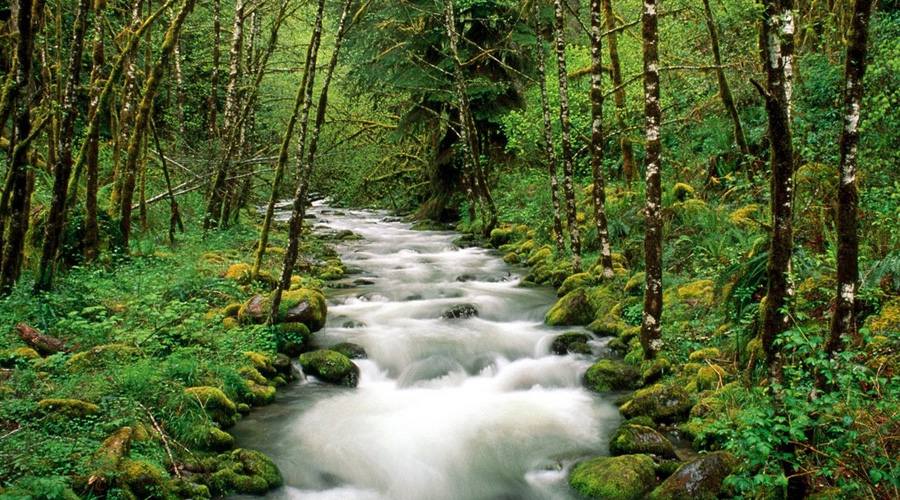Home to the island’s last great region of primary tropical lowland rainforest, the Sinharaja Forest Reserve covers an area of 88.64 square kilometres. Inscribed by UNESCO as a World Heritage Site in 1988, this striking natural wonderland is one of the island’s most exciting ecological destinations. Over 830 of Sri Lanka’s endemic flora and faunal species call Sinharaja their home, including birds (as many as 29 of the island’s 33 endemic species have been spotted here), reptiles, amphibians and insects. Up to 64 per cent of Sinharaja’s trees are endemic and in the oldest parts of the forest, the canopy rises a staggering 45 metres high.
Sinharaja is famed for its mixed species of feeding flocks involving dozens of birds from as many as 30 different genera. The reserve’s high rainfall is one contributing factor to this natural phenomenon since rain hinders birds from finding food. Working together not only increases feeding efficiency, but also security for all concerned since different species moving within differing levels of the canopy are able to keep an eye out for predators. Flocks move quickly, and are easily recognised by their loud cacophony of birdcall as they approach.
Situated to the south of the hill country, and accessible from Galle and the west coast, the forest stretches for almost 30 kilometres across the region’s wet zone. Sinharaja’s defining features are hills and valleys ranging in altitude from 300 metres to 1,170 metres, along with waterfalls, wet evergreen forests and Patana grasslands. It rains often here (January to April are the driest months) and humidity levels reach 90 percent. Even during the driest months, leeches are prevalent so wearing trousers is advised. Most forest pathways are wide, and their differing lengths attract walkers, trekkers and nature lovers of all abilities.

